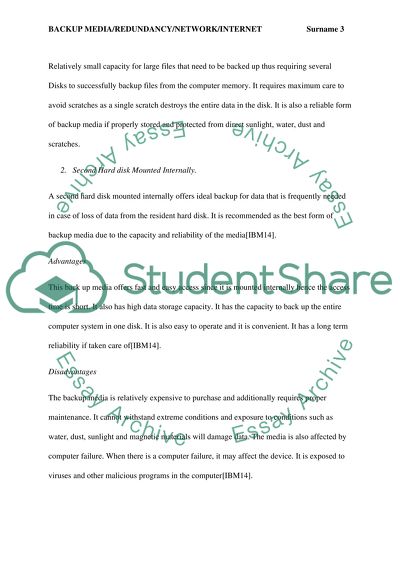Cite this document
(“Backup Media/Redundancy/Network/Internet Assignment”, n.d.)
Backup Media/Redundancy/Network/Internet Assignment. Retrieved from https://studentshare.org/information-technology/1644822-backup-mediaredundancynetworkinternet
Backup Media/Redundancy/Network/Internet Assignment. Retrieved from https://studentshare.org/information-technology/1644822-backup-mediaredundancynetworkinternet
(Backup Media/Redundancy/Network/Internet Assignment)
Backup Media/Redundancy/Network/Internet Assignment. https://studentshare.org/information-technology/1644822-backup-mediaredundancynetworkinternet.
Backup Media/Redundancy/Network/Internet Assignment. https://studentshare.org/information-technology/1644822-backup-mediaredundancynetworkinternet.
“Backup Media/Redundancy/Network/Internet Assignment”, n.d. https://studentshare.org/information-technology/1644822-backup-mediaredundancynetworkinternet.


